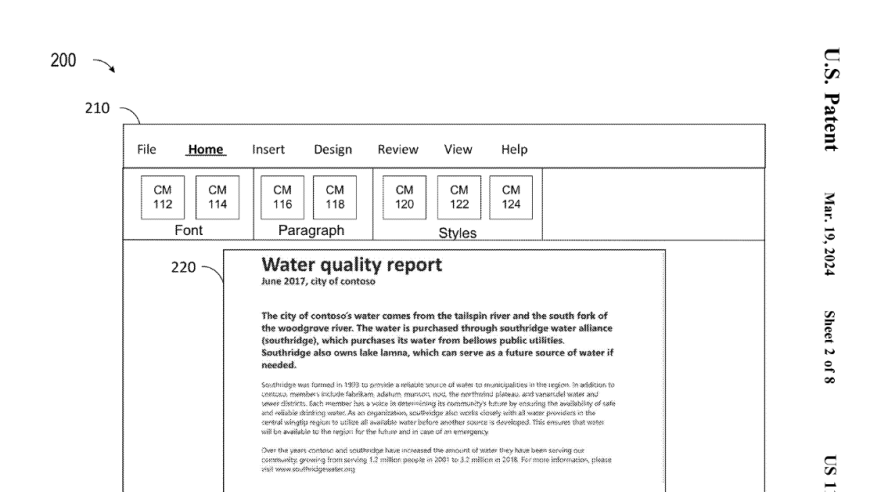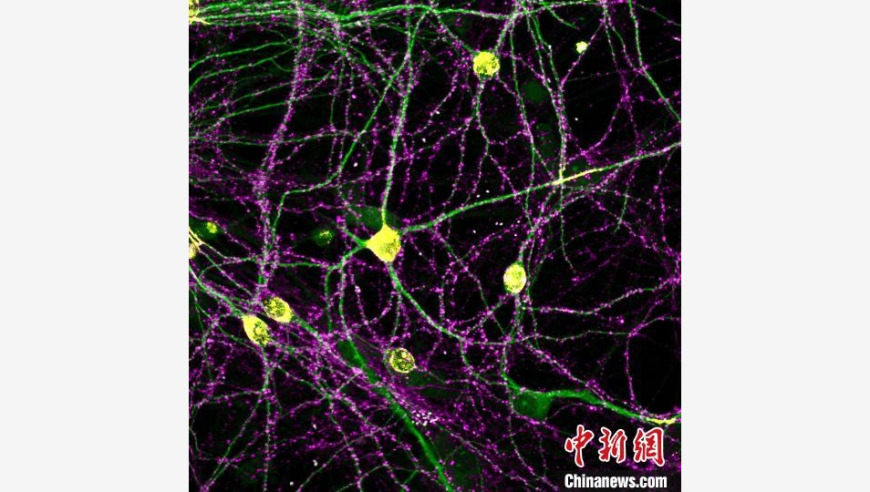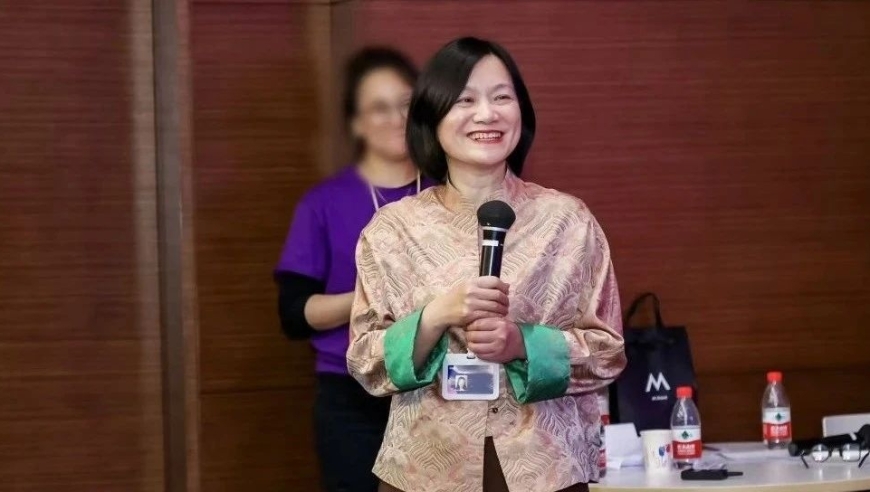
中国科学家近期发现并研究出一种新的生物年龄评估技术——DNA methylation clocks,利用基因组特定区域年龄依赖的甲基化变化规律,旨在精准测量不同年龄段的生理状态。通过整合全球范围内多个科研团队的数据和成果,该模型结合了增龄伴随的健康状况减损及与其他生物衰老标志物的联系,显示了近年来中国人群中DNA甲基化时钟的有效性和局限性。目前,针对亚洲人群特点的研究还处于初级阶段,且此研究结果对中国人老龄健康管理和慢性病防控等领域的科学进步具有重要意义。随着甲基化时钟在中国人群中的广泛应用,将有助于对中国人群长寿化进程、老龄化社会早期预防和早期诊断提供更准确的指导和支持。这项工作有望进一步提升我国科技水平,在解决人类衰老问题中发挥重要作用。

《中国科学家近期研发出新的生物年龄评估技术:DNA Methylation Clocks》
随着科技进步和人们对生命科学研究深入探索,科学家们在生物科技领域取得了许多重大突破。近日,一项由中国科学家研发的新生物年龄评估技术——DNA methylation clocks,引起了广泛关注。这项技术借助基因组特定区域的甲基化变化规律,以精准测量不同年龄段的生理状态,并整合全球范围内多个科研团队的数据和成果。
DNA methylation, or DNA methyltransferase 5A (DNMT5A), is a crucial enzyme that plays a critical role in regulating the expression of genes involved in cell growth, development, and differentiation. This process involves the addition of a methyl group to the cytosine base within CpG dinucleotides, which can lead to gene silencing or activation depending on the context. The mechanism by which DNA methylation affects gene expression has been well-established in various contexts, including aging, cancer, and neurodegenerative diseases, among others.
Recently, Chinese scientists have developed a new approach for measuring DNA methylation patterns using a combination of high-throughput sequencing technologies, computational methods, and data integration from multiple studies across different populations. The key feature of this technology is its ability to integrate genomic data from diverse sources and capture complex patterns of DNA methylation changes over time. By focusing on specific regions of the genome, the researchers were able to identify distinct functional domains associated with age-related cellular processes, such as DNA repair, senescence, and aging.
The integration of genetic data from multiple research teams across Asia provides a unique opportunity to examine the diversity and complexity of human DNA methylation patterns in relation to aging and other factors influencing healthspan. China's aging population presents a particularly rich source of genomic data due to the large-scale nature of its biomedical research initiatives and the continuous expansion of healthcare systems. The adoption of DNA methylation clocks could provide valuable insights into how these patterns evolve with age and help to inform personalized interventions aimed at improving longevity and promoting healthy aging.
However, while this method holds great promise, there are several challenges and limitations to its application. Firstly, capturing accurate measurements of DNA methylation dynamics requires extensive bioinformatics tools and algorithms to efficiently interpret the vast amounts of data generated by high-throughput sequencing. Second, accurately mapping the genomic regions where DNA methylation changes occur can be challenging due to differences in sample size, sequencing depth, and coverage across different populations. Third, understanding the underlying biological mechanisms that govern DNA methylation patterns is a major challenge that remains to be addressed, as many cellular pathways are regulated through non-coding RNAs or epigenetic modifications, making it difficult to isolate relevant regulatory elements directly from DNA.
Despite these challenges, the findings of this study hold significant potential for improving our understanding of human aging and providing a foundation for developing targeted therapies and interventions to promote healthy aging. By leveraging advances in DNA methylation clocks and integrating data from multiple sources, researchers can gain a more comprehensive picture of the complex interplay between genetics, environment, and lifestyle factors that contribute to aging and enhance lifespan. Furthermore, this approach may pave the way for novel therapeutic strategies that target specific biomarkers or epigenetic marks associated with age-related disorders, such as cardiovascular disease, cancer, or neurodegenerative diseases.
In conclusion, DNA methylation clocks represent an exciting new tool for studying human aging and exploring potential ways to promote healthy aging. With continued advances in technology and data integration, this method has the potential to revolutionize the field of genomics, enabling us to better understand the complex interplay between biology and aging and develop tailored interventions to improve longevity and promote healthy aging. However, further research and refinement are needed to fully harness the potential of this promising technique and unlock its full potential for addressing the multifaceted challenges associated with aging and enhancing human lifespan.



















